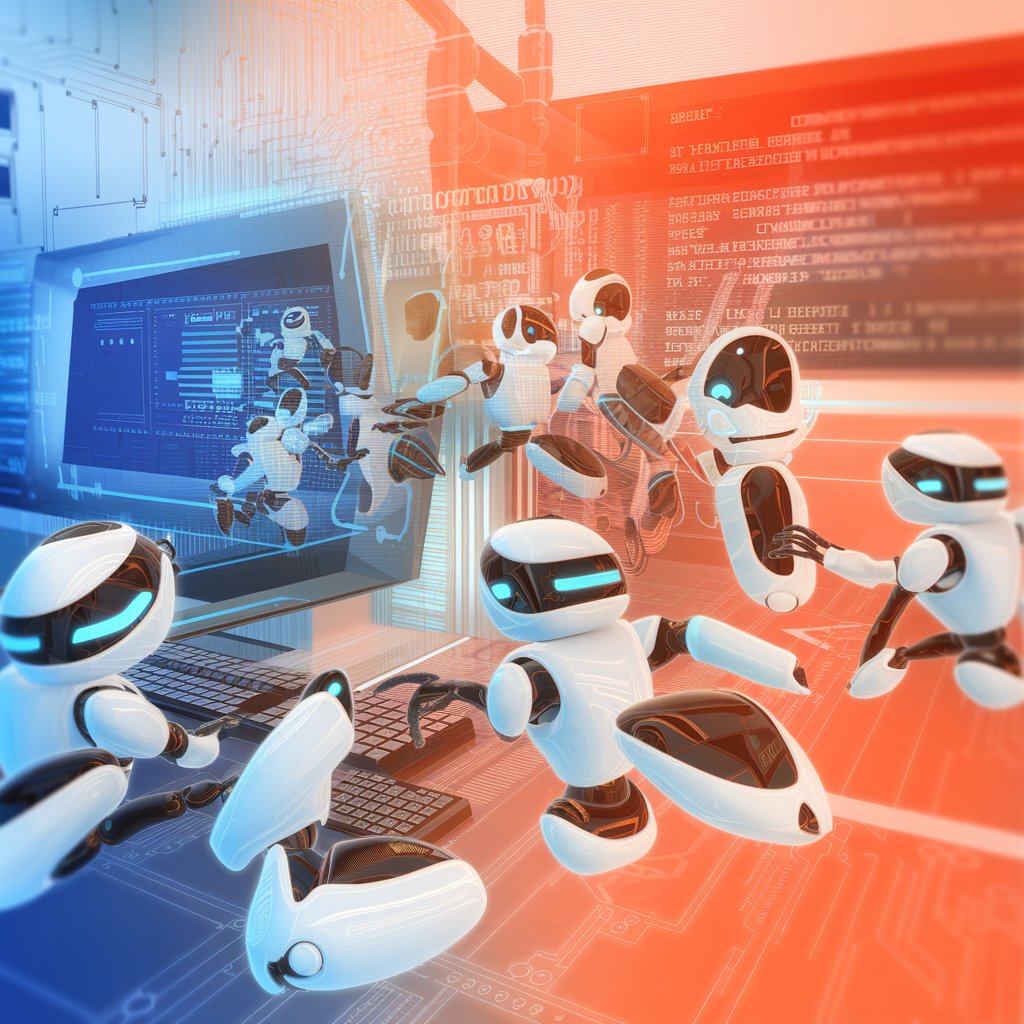How Sembix’s Multidisciplinary Agent Teams Lead App Modernization: The Crucial Role of the Planning and Assessment Team
Modernizing legacy applications is a complex task, requiring detailed planning, precise execution, and constant coordination across multiple functions. At Sembix, we’ve developed a solution that transforms this complexity into a streamlined process: multidisciplinary AI-driven agent teams. These teams, combined with human experts, collaborate within structured workflow packs to handle every aspect of app modernization, from assessment to deployment.
Among these agent teams, the Planning and Assessment Team plays a particularly crucial role, ensuring that every modernization project starts off with a solid foundation. In this blog, we’ll explore how Sembix’s Planning and Assessment Team works alongside other agent teams to drive the successful transformation of legacy systems.
Planning and Assessment Team: Laying the Groundwork for Success
The foundation of any modernization project is a thorough understanding of the existing legacy system and a clear plan for transforming it. This is where the **Planning and Assessment Team** comes in. Their role is to perform a comprehensive evaluation of the legacy system and create a roadmap for the modernization process.
- Assessment:The team begins by deeply analyzing the legacy system’s architecture, business logic, and dependencies. They evaluate technical debt, system bottlenecks, and potential risks, providing a complete picture of the system’s current state. This information is critical for identifying areas that require focus during the modernization process.
- Planning: Once the assessment is complete, the team develops a detailed plan for the entire modernization journey. They map out workflows, define key features, and outline the specific steps needed to transform the system. This plan serves as a blueprint that guides every subsequent team in the process, ensuring alignment with both technical and business objectives.
- Technical Strategy: Working closely with human project leads, the Planning and Assessment Team creates a strategy that includes timelines, resource allocation, and priority features. They also account for any cloud migration, AI integration, or scalability needs. By anticipating challenges and outlining solutions early on, this team minimizes risks and sets the project up for success.
Their comprehensive approach ensures that the entire modernization process is driven by a clear, actionable plan, reducing uncertainties and ensuring smoother execution down the line.
Workflow Orchestration Team: Coordinating the Process
Once the Planning and Assessment Team has laid the groundwork, the Workflow Orchestration Team ensures the project progresses smoothly. This team manages the flow of tasks from initiation to completion, ensuring every part of the modernization is executed according to the established plan.
They oversee the execution of workflows, track progress, and identify any potential bottlenecks that need to be addressed. With their focus on coordination, the Workflow Orchestration Team ensures that each phase of the modernization process moves forward in sync with the overall strategy.
Development Team: Executing the Transformation
The Development Team consists of a large team of domain-specific engineering agents, working together to modernize your legacy system into a modern, cloud-native solution. These agents collectively handle a range of tasks across various engineering domains, ensuring a smooth and efficient transformation.
The agents focus on backend modernization by optimizing server-side logic, databases, and integrating APIs to build a secure, scalable foundation. Simultaneously, they handle frontend modernization, revitalizing the user interface to be responsive and aligned with business needs, ensuring a seamless user experience.
Throughout the process, the agents carry out continuous automated testing, ensuring quality and identifying any issues early on. They also oversee platform engineering, making sure the application is well-integrated into cloud-native environments and optimized for scalability and efficiency.
These domain-specific engineering agents automate critical development actions, such as retrieving branch changes, generating pull requests, and merging code into the system. This large, coordinated effort streamlines the modernization process, allowing your system to evolve rapidly while maintaining high quality and performance.
By following the roadmap created by the Planning and Assessment Team, the Development Team ensures that the system is built to meet both immediate requirements and future scalability.
Quality and Testing Team: Ensuring a Flawless Outcome
Once the system is under development, the Quality and Testing Team steps in to ensure that all parts of the modernized system meet quality standards. They handle automated testing, bug identification, and validation to ensure the system functions as expected.
Their focus on continuous testing ensures that issues are identified early and resolved quickly, minimizing disruptions and ensuring the system is stable, secure, and ready for deployment.
Code and Branch Management Team: Streamlining Collaboration
The Code and Branch Management Team is responsible for ensuring smooth version control during the modernization process. As developers work on different parts of the project, this team manages branches, merges code, and ensures all changes are properly integrated.
This team’s efforts ensure that the modernization process remains organized and efficient, with changes carefully tracked and conflicts minimized.
Story and Workflow Management Team: Keeping the Process Aligned
To ensure that every task is aligned with the project goals, the Story and Workflow Management Team handles the refinement and management of Jira stories and tasks. They ensure that each story is clear, actionable, and ready for development, continuously updating workflows based on real-time feedback.
Their efforts ensure that the entire development team has a clear direction, reducing rework and keeping the project on track.
File and Dependency Management Team: Managing the Details
The File and Dependency Management Team ensures that all files and dependencies are properly managed throughout the project. By organizing project files and monitoring dependencies, this team helps avoid common technical issues that could derail progress.
AI Agents + Human Experts: A Strategic Collaboration
One of the key strengths of the Sembix approach is the collaboration between our AI-driven agent teams and human experts. While the agent teams handle routine and repetitive tasks, human specialists focus on making strategic decisions, solving complex challenges, and ensuring the solution aligns with business objectives.
This collaboration allows for both high efficiency and a thoughtful, customized approach to each project, ensuring that our clients receive the best possible outcomes.
Delivering Modernization at Scale
At Sembix, the combination of multidisciplinary agent teams and human expertise enables us to deliver app modernization projects quickly and at scale. By focusing on planning, orchestration, development, and quality assurance, each team contributes to transforming legacy systems into modern, cloud-native applications.
Conclusion: The Power of the Planning and Assessment Team
The Planning and Assessment Team is the cornerstone of every successful modernization project and core to the Sembix’s Application Modernization Workflow Pack. By thoroughly assessing legacy systems and creating a detailed roadmap, they ensure that every aspect of the modernization process is thoughtfully planned and executed. Working in concert with other specialized agent teams, they help Sembix deliver future-ready, cloud-native applications that meet business goals and are built to scale.
With Sembix, modernization becomes a streamlined, intelligent process driven by collaboration between AI agents and human experts. The path from legacy systems to modern applications has never been clearer.



